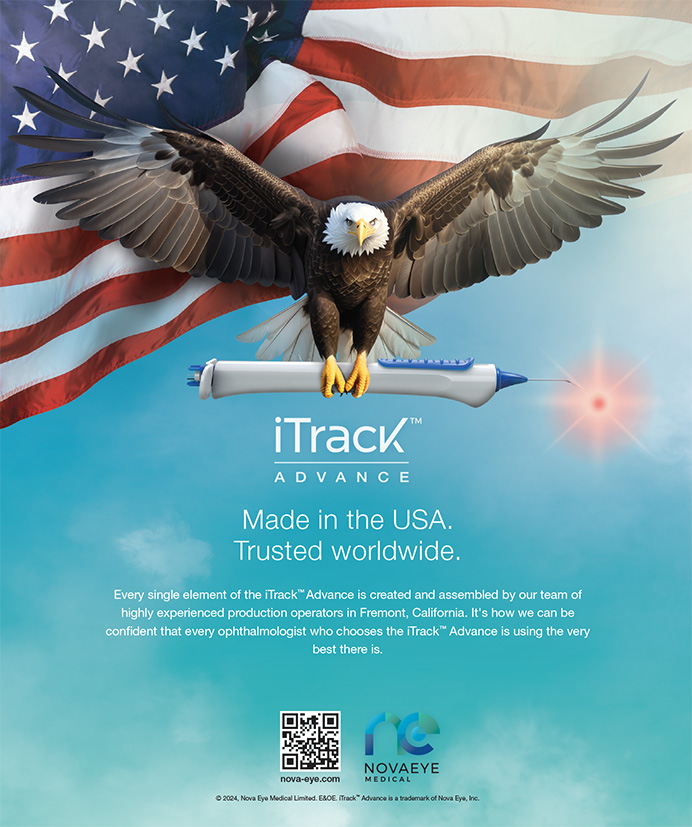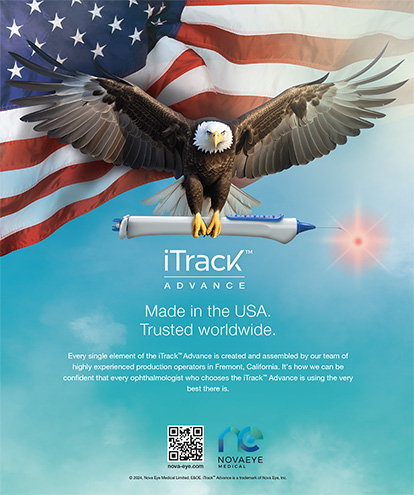In my last editorial,1 I summarized my day of listening to LASIK's "casualties" at the FDA panel meeting held on Friday, April 25, 2008. Some 15 individuals told of their personal outcomes. In my editorial, I tried to respond by pointing out the value of the science that ophthalmologists presented at the meeting, what was right about LASIK, and what we surgeons could do to improve the procedure. I believed mine was a positive, hopeful message. Several of the casualties contacted me about my editorial. Some of their responses were favorable; many were not. As I reviewed the cover series for this edition of Cataract & Refractive Surgery Today, however, I realized again that we ophthalmologists are responding in the best way we know how. We are focused on how to avoid and treat complications and how to develop even better techniques.
At the panel meeting, dry eyes were a major topic, as they are in this issue of CRSToday. William Bourne, MD, addresses the proposed root cause of dry eyes after corneal surgery. Richard Yee, MD, who has written extensively about dry eyes, covers practical aspects of the disease and its treatment. Johnny Gayton, MD, considers an older patient population at risk for dry eyes after receiving premium IOLs. All three physicians also look at the choice of LASIK or PRK for patients. That these expert refractive surgeons are also authorities on PRK ensures that this month's cover series is not biased in favor of LASIK.
Additionally, this issue continues CRSToday's rich tradition of exploring new technologies. Scott MacRae, MD, reviews the state of wavefront technology. George O. Waring IV, MD, contributes to two articles, one comparing the flaps created by two femtosecond lasers and the other examining whether training the visual cortex can improve LASIK outcomes. I participated in the latter, interesting multicenter study.
Ectasia was another major subject at April's panel meeting, and much has been made of a recent article by Randleman et al,2 which set forth distinct guidelines based on a multifactorial, retrospective analysis. Although such black-and-white rules might be welcome, they generated a good deal of controversy. Is it, as asserted in the article, an absolute contraindication to perform LASIK on a 25-year-old with a corneal thickness of 510 ?m and no other risk factors? The investigators used a series of cases of ectasia collected by William Trattler, MD, to validate their methodology and conclusions. In this issue of CRSToday, Dr. Trattler gives his take on the study. I consider both pieces required reading.
I hope you enjoy this issue as much as I did, and I hope the interested lay public, including our critics, appreciate it as well.


